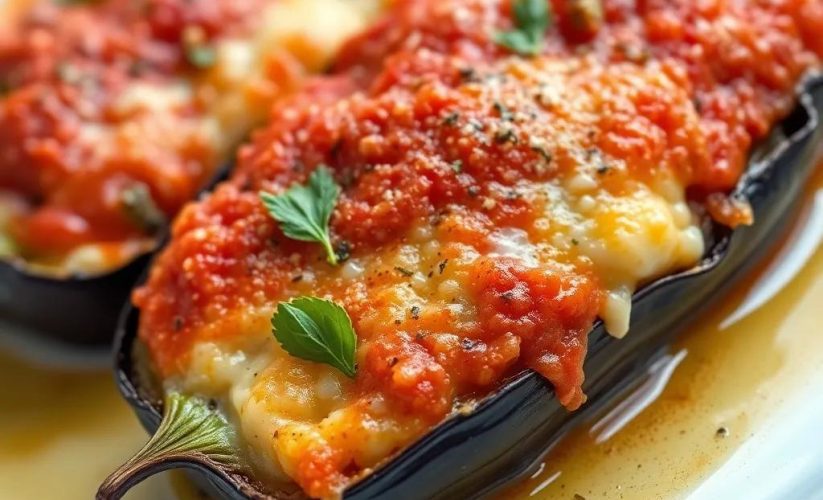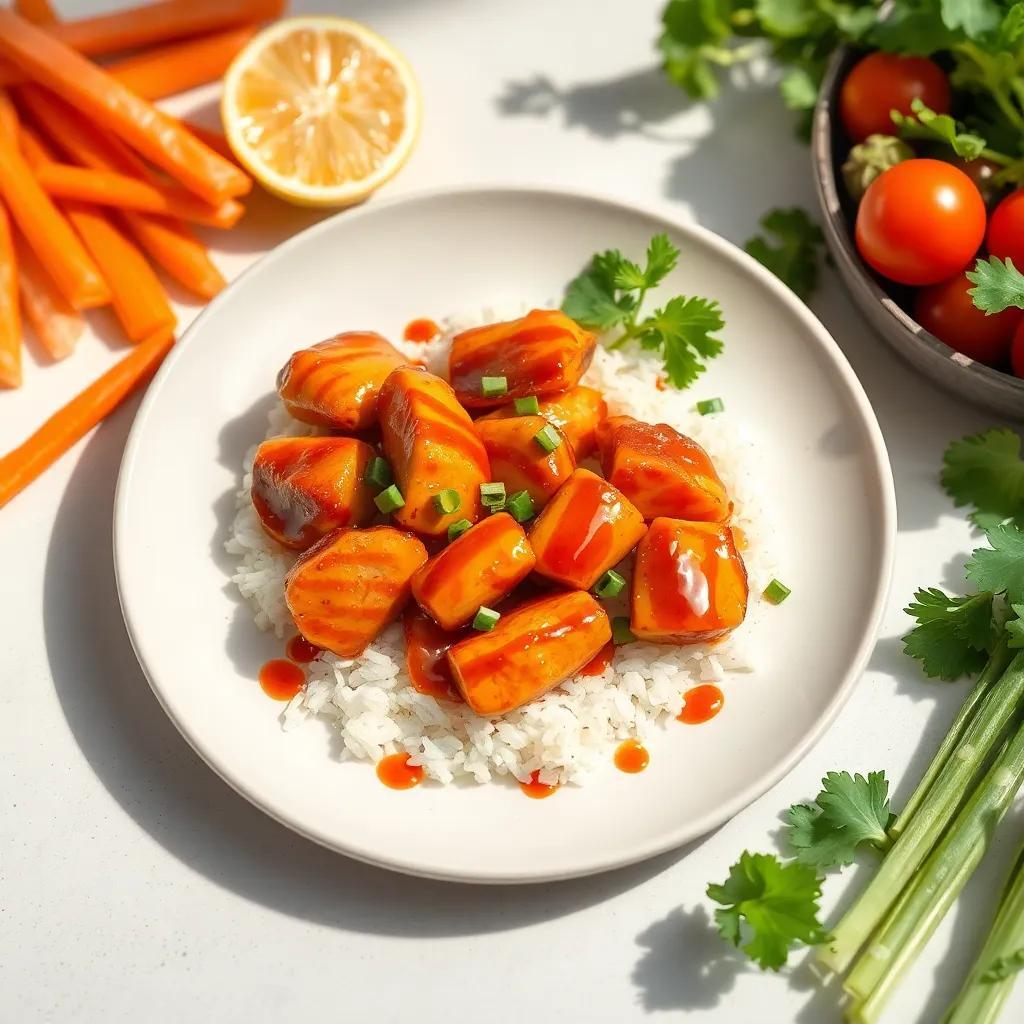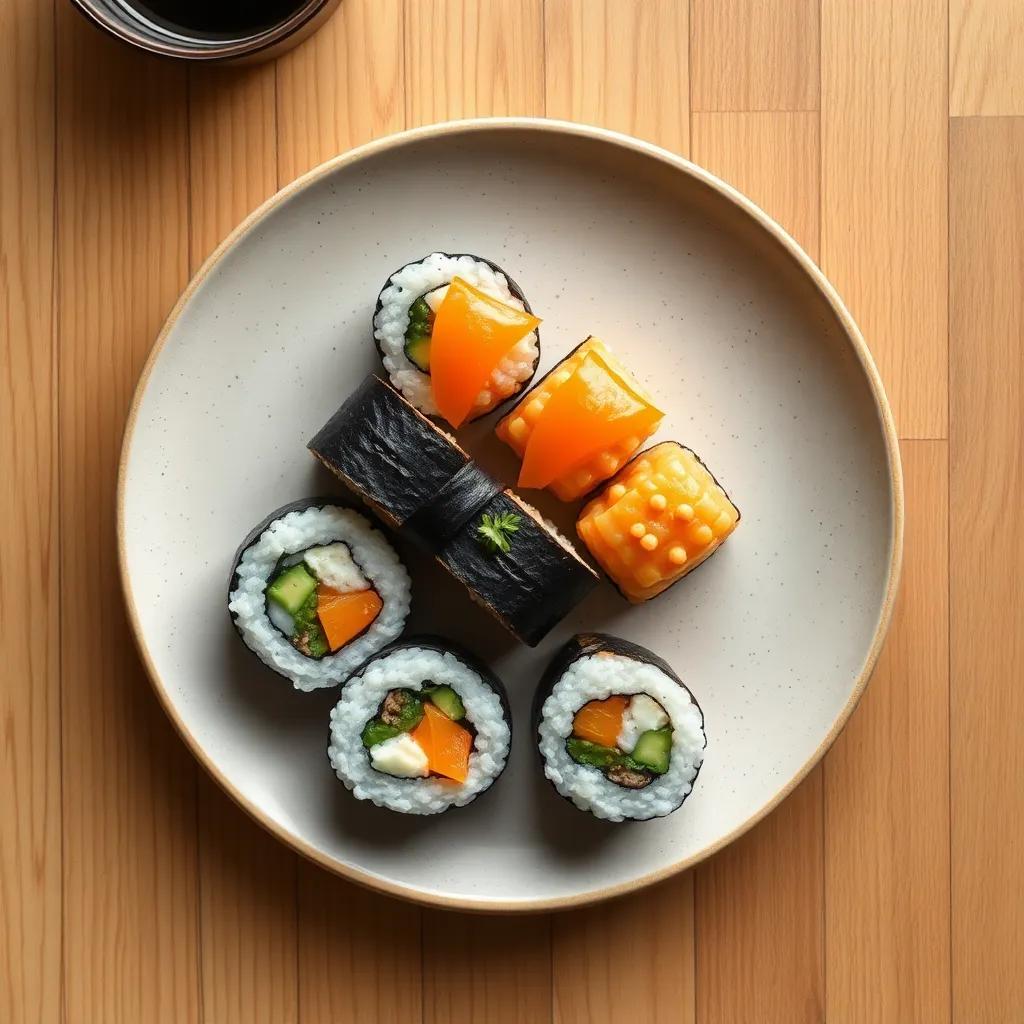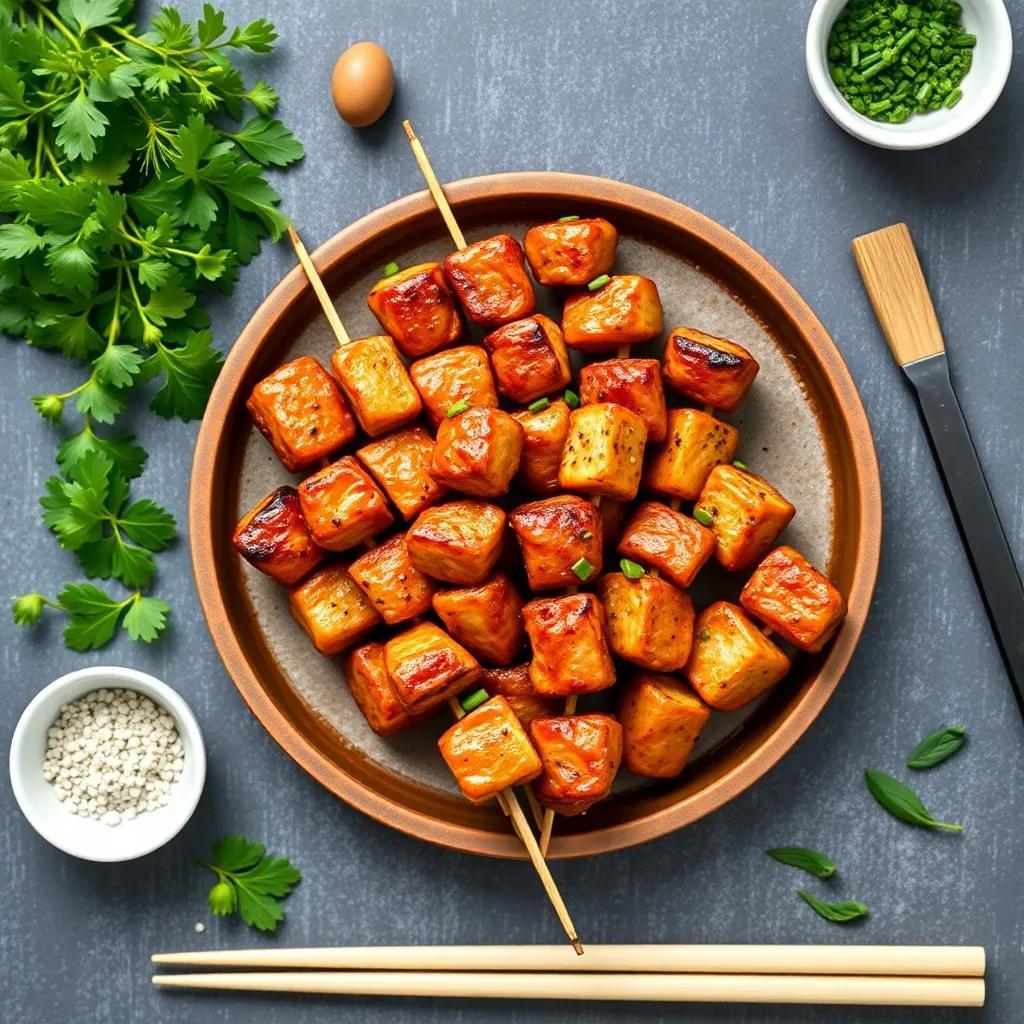Crispy Tempura Secrets: Easy, Vegan & Gluten-Free Recipes

Crispy Tempura Secrets: Easy, Vegan & Gluten-Free Recipes
🌍 Cuisine: Japanese
⚙️ Difficulty: Easy
Ingredients
Nutrition Facts
180
Instructions
- Prepare all vegetables by washing and cutting them into bite-sized pieces or thin slices suitable for frying.
- In a mixing bowl, sift together the gluten-free tempura batter mix and baking powder.
- Slowly add the ice-cold sparkling water to the dry ingredients, stirring gently to combine. Do not overmix; a few lumps are okay.
- Heat the vegetable oil in a deep pan or wok over medium-high heat to about 350°F (175°C).
- Test the oil temperature by dropping a small amount of batter into the oil. It should float and sizzle immediately.
- Dip the prepared vegetables into the tempura batter, allowing excess to drip off gently.
- Carefully place battered vegetables into the hot oil in batches, avoiding overcrowding the pan.
- Fry each batch for 2–3 minutes or until the tempura is golden, crisp, and cooked through.
- Using a slotted spoon, remove the tempura from the oil and place it on a plate lined with paper towels to drain excess oil.
- Lightly sprinkle fried tempura with salt while still hot for enhanced flavor.
- Repeat the frying process with remaining vegetables and batter.
- Serve crispy tempura immediately with gluten-free soy sauce or tamari and optional lemon wedges for squeezing over.
- Enjoy as a delicious vegan and gluten-free appetizer or side dish.
Serving Suggestions
- Serve tempura alongside steamed jasmine rice and pickled ginger for a complete meal.
- Pair with a dipping sauce made from gluten-free tamari, grated ginger, and a touch of rice vinegar.
- Include as part of a vegan bento box with sushi rolls and edamame beans.
- Garnish with freshly chopped scallions and sesame seeds for extra texture and flavor.
- Serve with a side of miso soup for a warming starter.
- Add a squeeze of fresh lemon or lime juice over the tempura for a zesty finish.
- Incorporate tempura vegetables as a crunchy topping in vegan noodle bowls or salads.
Table of Contents
- Intro
- Ingredient Notes
- Tips & Variations
- Leftovers & Storage
- Behind the Recipe
- FAQ
- Let’s Get Cooking!
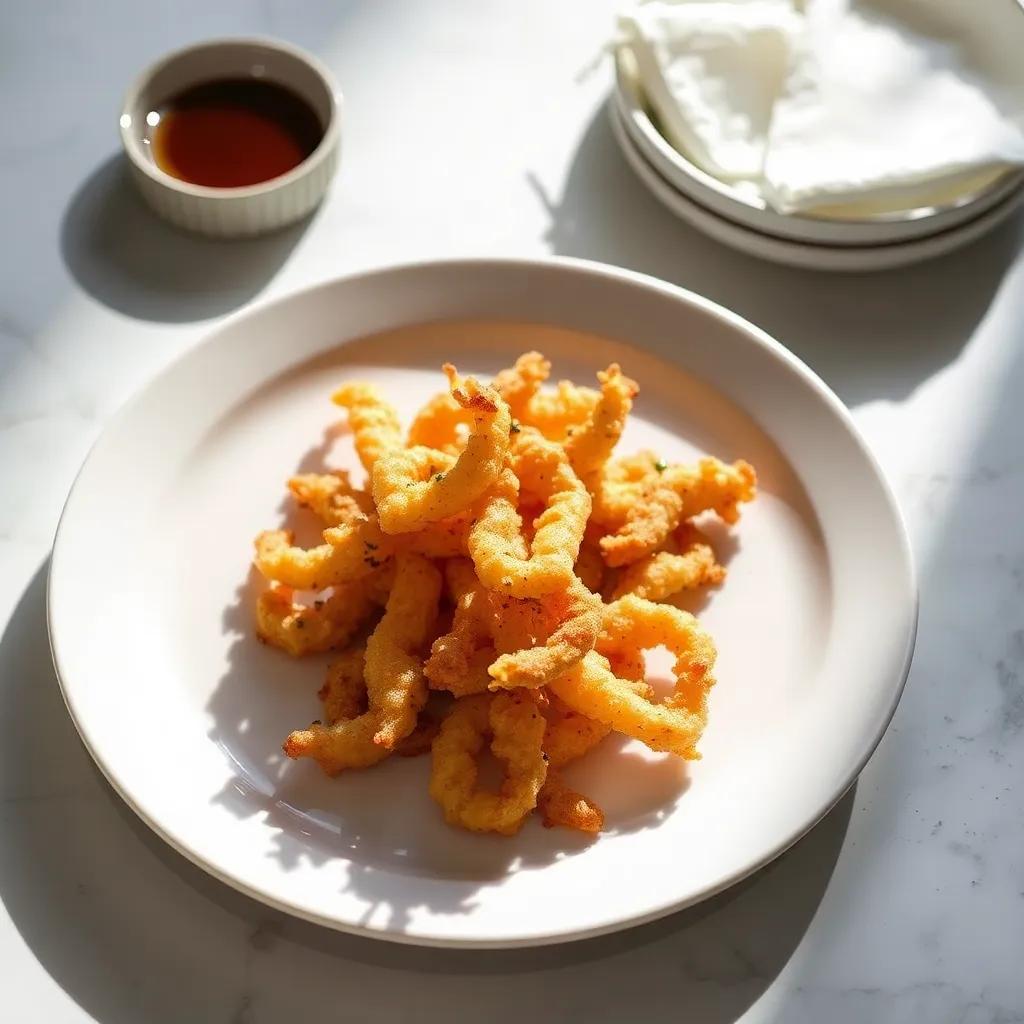
Intro
There’s something undeniably joyful about the crisp crackle of perfectly fried tempura—light, airy, and just the right kind of golden. This recipe brings that satisfying crunch to your kitchen while keeping things delightfully simple, plant-based, and free from gluten. Whether you’re cooking for a crowd or treating yourself to a cozy night in, these vegan tempura bites offer a burst of texture and flavor that feels special without demanding hours of prep or complicated ingredients.
Ideal for a casual appetizer, a snack during movie night, or part of a vibrant spread at your next gathering, this tempura strikes the perfect balance between crispy exterior and tender vegetables inside. Its approachable process invites cooks of any skill level to dive in, making it a wonderful gateway into Japanese cooking or a fresh twist on familiar favorites.
Beyond the plate, preparing tempura is almost meditative—dipping each vegetable piece, hearing that satisfying sizzle as it hits the hot oil, and watching batter transform into a delicate, crunchy jacket. It’s a celebration of simple ingredients elevated by technique, and a testament to how easy it can be to create something impressive and nourishing in under an hour. Whether shared with friends or savored solo, this tempura recipe promises a delightful, gluten-free, and vegan experience that feels both authentic and accessible.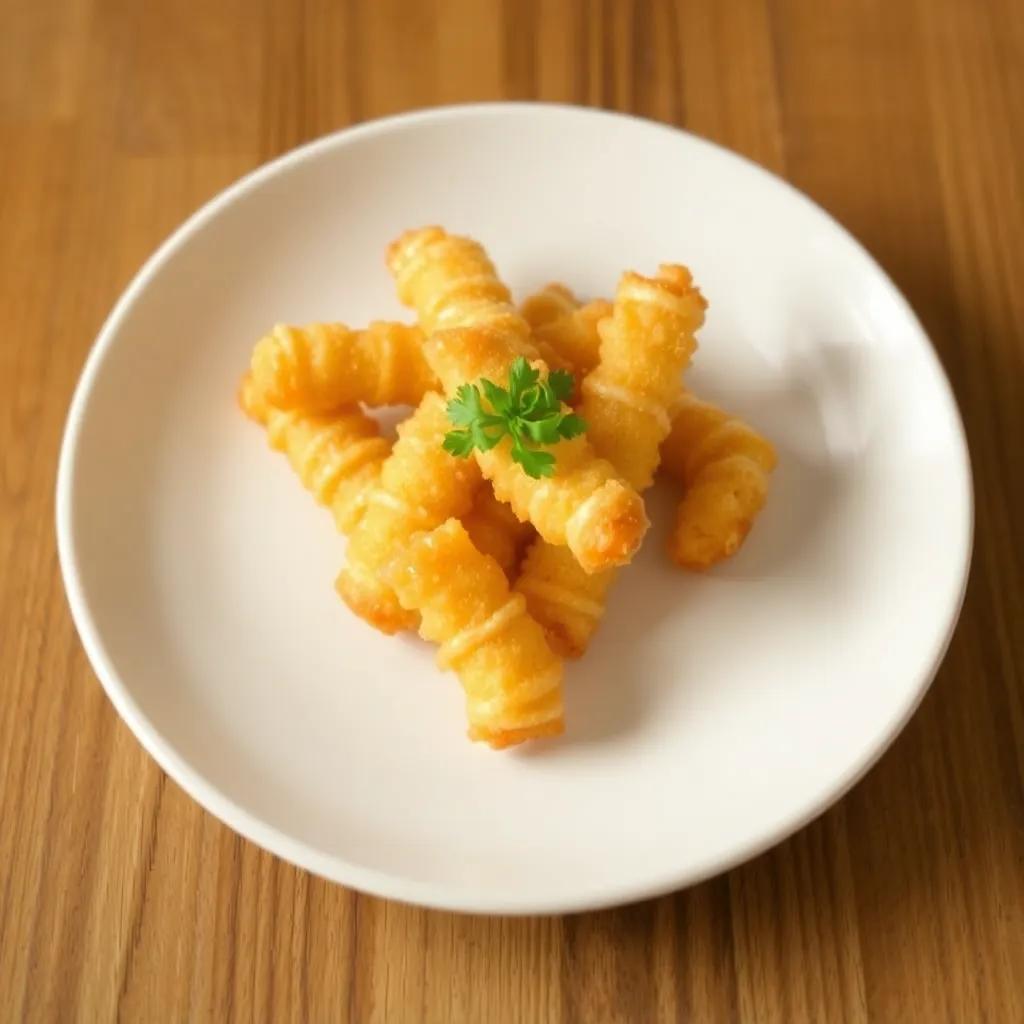
Ingredient Notes
Crafting the perfect tempura starts with understanding a few key ingredients that make all the difference in texture and flavor—especially when maintaining a vegan and gluten-free profile. Here’s a closer look at some standout components in this recipe:
Gluten-Free Tempura Batter Mix
This is the heart of your crispy coating. Unlike traditional tempura flour, gluten-free mixes often combine rice flour, tapioca starch, and sometimes potato starch, which together bring a lightness and crunch essential to classic tempura. When shopping, look for a mix specifically labeled for tempura or light frying, as these tend to have the ideal starch ratios. If you don’t have access to a pre-made mix, you can create your own blend using rice flour and cornstarch for a similarly airy finish.
Ice-Cold Sparkling Water
Using sparkling water instead of plain chilled water is a clever trick that tempura masters swear by. The tiny bubbles aerate the batter, facilitating a lighter, crispier crust when fried. The cold temperature slows gluten formation (in gluten-containing batters) and helps keep the batter from becoming too dense or gummy. For a vegan and gluten-free recipe, sparkling water adds texture without any additives—make sure it’s fresh and well-chilled for best results.
Baking Powder (Gluten-Free)
A small but powerful ingredient, baking powder introduces gentle leavening that encourages the batter to puff up a touch, creating that signature crisp shell around your vegetables. In gluten-free cooking, it also helps offset the slightly heavier texture of alternative flours. Check that your baking powder is labeled gluten-free to avoid any cross-contamination, especially if you’re highly sensitive.
Vegetable Oil for Frying
Choosing a neutral oil with a high smoke point—such as refined canola, sunflower, or rice bran oil—is essential for perfect tempura. These oils ensure quick, even cooking without imparting overpowering flavors. Rice bran oil is a great option that pairs well with Japanese dishes and withstands high heat effectively. Avoid extra virgin olive oil or butter that can burn easily and affect the clean, delicate taste crisp tempura is known for.
Together, these ingredients form the foundation of a light, crisp, and flavorful vegan tempura experience. Understanding their roles helps you fine-tune your recipe and adapt it to what’s available in your pantry, ensuring every batch is a crunchy success.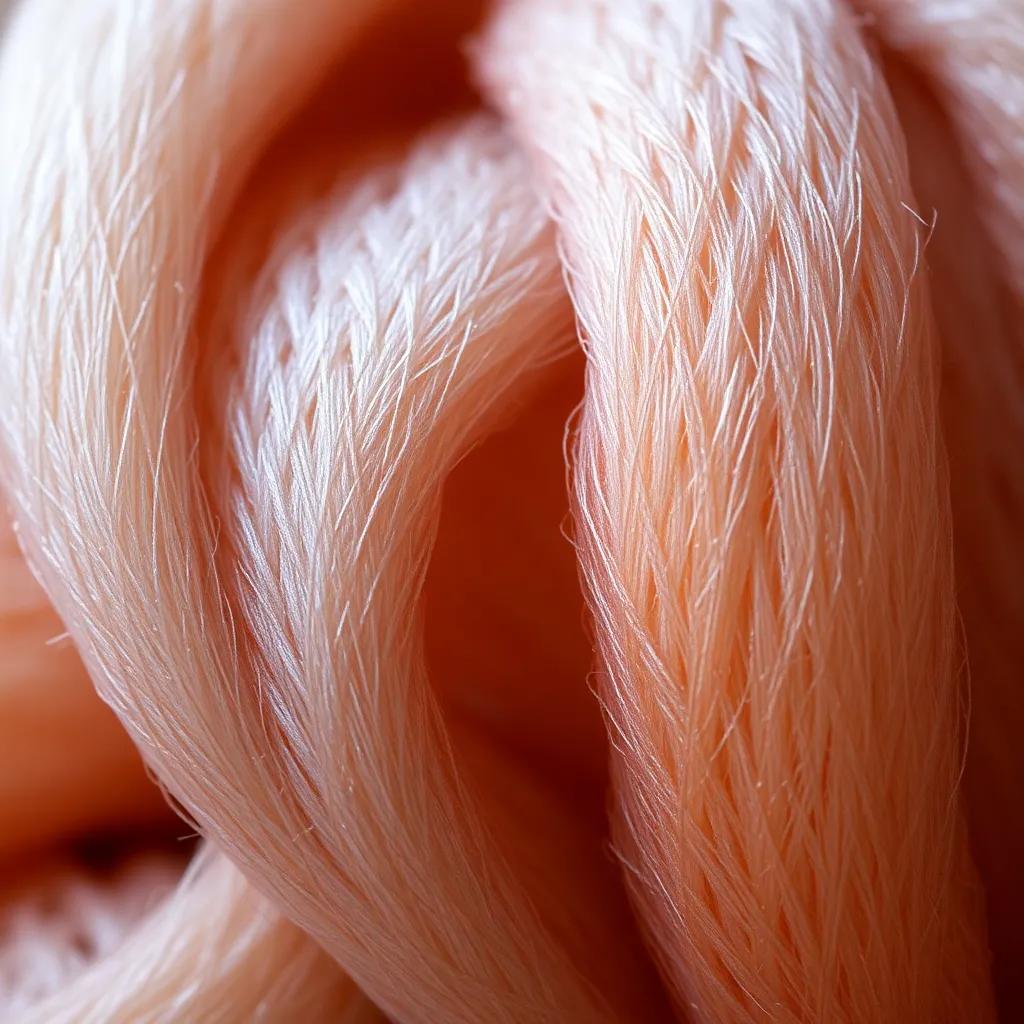
Tips & Variations
Mastering the art of crispy tempura is all about technique and a few thoughtful tweaks that elevate this vegan and gluten-free favorite to new heights. Here are some pro-level tips and creative variations to inspire your next batch:
- Keep the Batter Ice-Cold and Light: The colder your sparkling water and batter stay, the better. If you’re prepping in advance, pop your batter bowl into a larger bowl filled with ice while frying to maintain that chill. Cold batter delays gluten development and keeps the coating crisp and airy.
- Don’t Overmix the Batter: A few lumps in the batter are welcome friends. Overmixing activates starches, resulting in a heavier, gluey coating rather than a light, crisp shell.
- Manage Oil Temperature Carefully: Keep the oil steady around 350°F (175°C). Too hot, and the batter burns before the vegetables cook through; too cool, and the tempura absorbs excess oil and loses its crunch. Use a thermometer or test often by frying a small batter drop.
- Batch Fry Strategically: Fry smaller batches to avoid overcrowding the pan. Overcrowding drops the oil temperature and results in soggy tempura. Give each piece space to float and crisp evenly.
- Variety is Key: While this recipe highlights classic vegetables like sweet potato, broccoli, and shiitake mushrooms, feel free to experiment. Asparagus tips, snap peas, eggplant slices, or even thin apple slices add fun textures and unexpected flavors. Just adjust frying times slightly for denser or more delicate ingredients.
- Herbs and Seasonings: For a subtle twist, add finely chopped fresh herbs such as shiso leaves or cilantro into the batter or sprinkle over the finished tempura. You can also dust the tempura with a pinch of smoked paprika or chili powder for a smoky or spicy note.
- Alternative Batter Bases: If you want to play with different gluten-free flours, try a mix of sorghum or chickpea flour combined with rice flour for a nuttier or more protein-rich batter. Just remember to keep the texture light by balancing with starches like tapioca.
- Make it Nutty: Adding a tablespoon of toasted sesame seeds into the dry batter mix gives an extra crunch and a satisfying aroma that pairs beautifully with tempura’s delicate crunch.
- Dipping Sauce Variations: Beyond gluten-free soy sauce or tamari, try dipping tempura in a tangy ponzu sauce or a warm miso-based glaze. For a creamy option, whip up a vegan yuzu mayo by combining vegan mayo, yuzu juice, and a touch of grated garlic.
- Dietary Tweaks:
– Low-Sodium: Reduce or skip the salt in the batter and opt for low-sodium tamari dips to control sodium intake.
– Oil Choice: Use avocado oil or light refined coconut oil for different flavor profiles and high smoke points.
– Keto-Friendly: Swap vegetables for lower-carb options like zucchini ribbons or cauliflower florets and use an almond or coconut flour-based batter blend, though texture will vary.
- Gluten-Free Flour DIY: If you don’t have tempura batter mix, create your own by blending 1 part rice flour, 1 part cornstarch, and 1 teaspoon gluten-free baking powder for every cup of flour—maintaining a light, crisp texture.
- Serving Flair: For an elegant presentation, serve tempura on a bamboo leaf or a textured plate, garnished with microgreens or edible flowers to enhance the sensory experience.
By keeping these tips in mind and exploring variations, you’ll not only perfect your tempura’s signature crunch but also enjoy endless opportunities to customize this classic Japanese treat—making it yours every time.
Leftovers & Storage
Storing leftover tempura can be a bit tricky since its defining feature is that irresistibly crisp texture, which tends to soften when exposed to moisture or refrigeration. To preserve as much of that delicate crunch as possible, allow the tempura to cool completely on a wire rack before storing. This prevents steam from making the coating soggy.
For short-term storage, place the cooled tempura in an airtight container lined with paper towels to absorb any excess moisture. Keep the container in the refrigerator, where the tempura will stay fresh for up to 1–2 days. When you’re ready to enjoy the leftovers, reheat gently in a preheated oven or toaster oven at 350°F (175°C) for 5–7 minutes. This revives the crispiness far better than microwaving, which tends to make tempura limp and chewy.
If you want to keep leftovers longer, freezing is an option, though texture may change slightly. Arrange pieces in a single layer on a baking sheet lined with parchment paper and freeze until firm (about 1–2 hours). Then transfer the frozen tempura to a freezer-safe resealable bag or airtight container, separating layers with parchment or wax paper to avoid sticking. Frozen tempura is best consumed within 1 month for optimum flavor and texture.
When reheating frozen tempura, avoid thawing first—place it directly in a hot oven at 375°F (190°C) for 8–10 minutes, flipping halfway through to ensure even crisping. This method helps retain the crunch and prevents sogginess. Pair with freshly warmed dipping sauce for a near-fresh experience.
For meal prep or packing tempura for later use, consider these tips:
– Use containers with vents or loosely covered lids to allow some airflow, preventing condensation buildup.
– Pack tempura separately from wet or saucy components—dipping sauces in small, sealed containers keep the coating intact.
– Add a small paper towel at the bottom of your container to wick away moisture during transport.
In summary, while tempura is at its best immediately after frying, mindful cooling, storage, and reheating techniques can extend its enjoyment with minimal loss of that coveted crispness. With these strategies, you can savor your vegan and gluten-free tempura bites even after the first delightful crunch.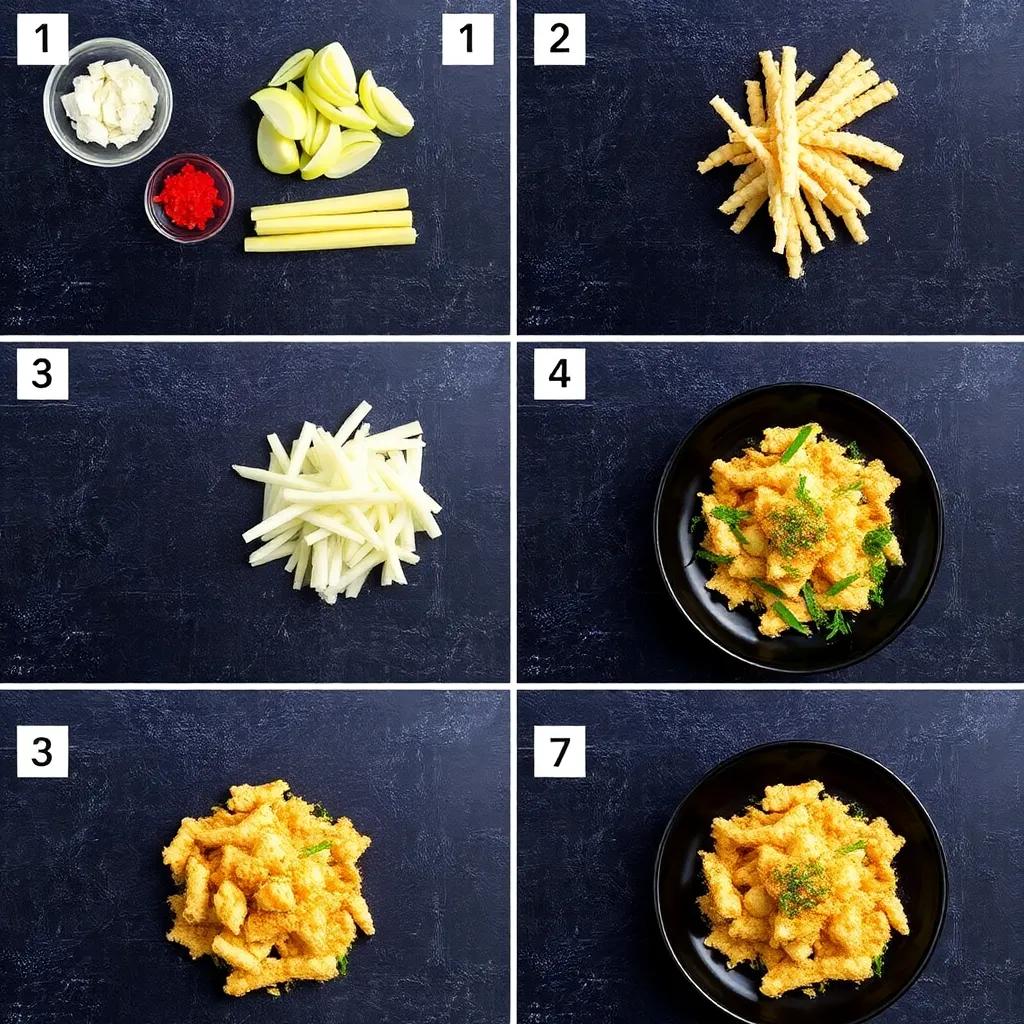
Behind the Recipe
Tempura is more than just a recipe—it’s a culinary tradition that carries the echoes of centuries-old Japanese culture into modern kitchens around the world. Originally introduced to Japan in the 16th century by Portuguese missionaries, tempura evolved as a fusion of European frying techniques and Japanese ingredients, quickly becoming a beloved staple in Japanese cuisine. Its hallmark light, crispy batter was a novel way to celebrate seasonal vegetables and seafood, allowing their natural flavors to shine beneath a delicate golden crust.
This particular vegan and gluten-free take on tempura is rooted in that legacy but tailored for today’s dietary preferences and pantry realities. The inspiration behind this recipe came from a desire to honor traditional techniques while making tempura accessible to those who avoid gluten and animal products—an effort to keep the spirit of the dish alive, even without eggs or wheat. Using sparkling water and gluten-free batter mix mirrors the intent of classic tempura chefs: to achieve that ethereal crunch without heaviness.
On a personal note, this recipe emerged from a series of cozy afternoon experiments in a small urban kitchen, where the goal was to replicate the satisfying crunch found in favorite Tokyo tempura stalls while accommodating healthier, plant-based choices. Each iteration brought the batter closer to perfection—light, crisp, and flavorful—and every vegetable dipped and fried became a reminder that simple ingredients handled with care can create magic.
Whether enjoyed as a casual snack, part of a festive meal, or an introduction to Japanese cooking, these crispy tempura bites embody more than just taste. They celebrate adaptation, mindfulness, and the joy of sharing food that is both nourishing and inclusive. Through this recipe, the timeless harmony of texture, technique, and fresh ingredients is preserved—inviting you to connect with a centuries-old practice in your own kitchen, one crispy bite at a time.
FAQ
Can I use different vegetables for the tempura batter?
How do I keep the tempura crispy after frying?
Is there a gluten-free flour substitute for making tempura batter?
Can I prepare the batter in advance, or should it be made fresh each time?
How can I store and reheat leftover tempura without losing crunch?
What vegan sauces or dips pair well with tempura?
Can I use sparkling water instead of regular water in the batter?
Let’s Get Cooking!
There’s something truly magical about mastering crispy tempura that’s both vegan and gluten-free—a light, crunchy bite that feels indulgent yet wholesome. With these easy recipes and secret tips, you’re all set to create tempura that’s delightfully crisp on the outside and tender on the inside, perfect for sharing (or savoring solo!).
We’d love to hear how your tempura adventure turns out! Feel free to leave a comment, rate the recipe, or share your own creative twists—after all, cooking is as much about community as it is about flavor. Happy frying and happy tasting!


